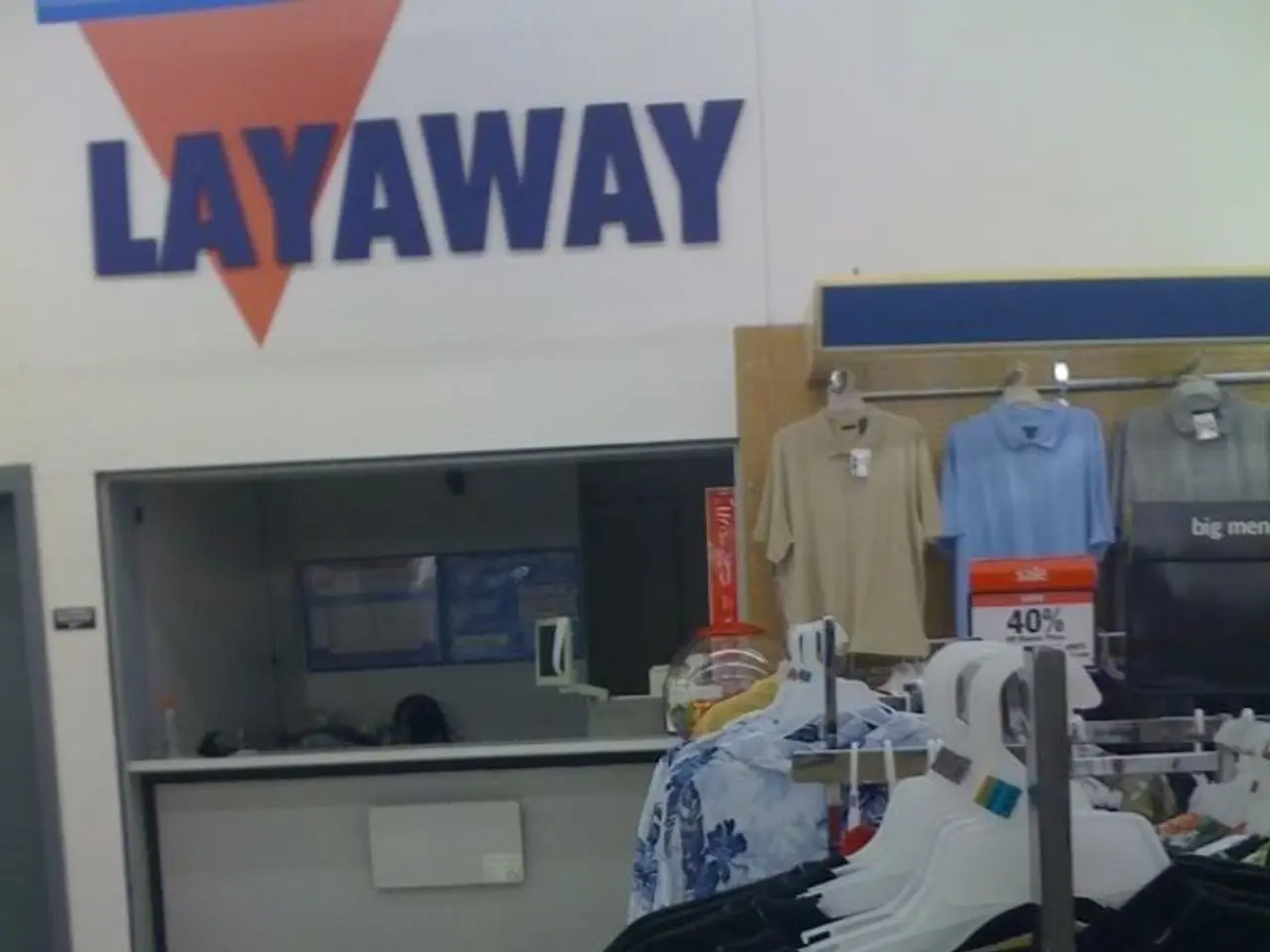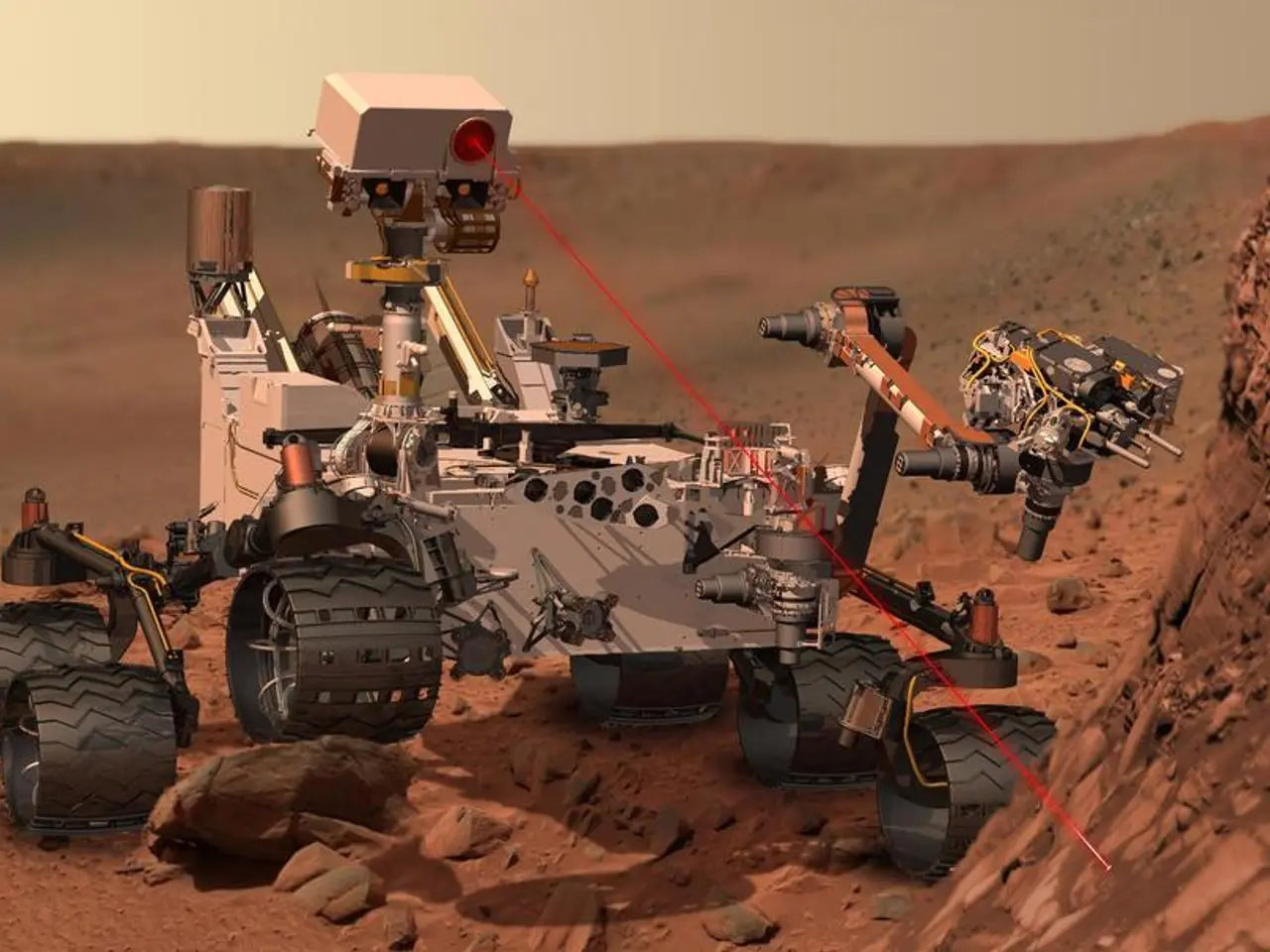Store Layout and Product Arrangement are Crucial for Retail Prosperity in Dubai
Transforming Store Design in Dubai's Retail Market
In Dubai's fast-paced retail world, store design and product placement play a pivotal role in shaping customer experience and influencing consumer behaviour and spending. A well-designed store can significantly impact how customers feel, how long they stay, and how likely they are to make a purchase.
Optimising customer flow is a key aspect of retail design in Dubai. Retailers strategically place products to maximize visibility and encourage cross-shopping between departments. Heat maps and flow analysis help retailers understand customer movement, allowing them to design layouts that reduce bottlenecks and underutilized spaces, thereby improving the shopping experience and sales [1][2].
Visual merchandising techniques also play a crucial role. The use of colour, lighting, and texture shapes customer perceptions and moods, directly affecting buying behaviour. For instance, bright lighting and bold colours attract attention to promotional items, while warm ambient lighting enhances the overall store atmosphere. Products placed at eye level, seasonal and high-demand items at the entrance, and complementary items grouped together encourage impulse buying and cross-sales [4].
Stores are not just shopping spaces but immersive brand experiences that reflect their personality and values. In Dubai's competitive retail environment, spaces need to be aesthetically impressive and commercially effective, blending creativity with functionality to stand out and retain customers [1][3].
Technological and modular elements offer flexibility and engagement, keeping pace with fast-evolving retail trends in Dubai. Incorporation of modular shelving, interactive digital displays, and immersive elements like smart mirrors, AR displays, and guided digital paths can enhance the shopping experience and influence customer behaviour [1].
Dubai's retail market, with its mix of luxury destinations and diverse consumer segments, benefits from tailored designs that align with sophisticated customer expectations. For example, luxury footfall targeting and fraud-free premium placements for high-net-worth clientele are essential considerations [2].
Successful retailers in Dubai regularly walk their space, test new ideas, and adjust what isn't working. In traditional souks, a slower pace, a touch of nostalgia, and a stronger emphasis on personal interaction are required [5]. Street-facing stores and standalone retail outlets need strong signage, shade-conscious layouts, and quick-entry setups. Small and mid-sized retailers can make effective design changes with smart upgrades, flexible fixtures, rotating displays, and seeking outside help when needed [6].
In summary, store design and product placement in Dubai’s retail sector are critical drivers of consumer engagement and spending. By optimising the shopping journey through strategic layout, compelling visual merchandising, brand storytelling, and leveraging technology and market insights, retailers can create engaging, functional, and brand-reflective environments that encourage exploration, increase dwell time, and drive purchases [1][2][3][4]. The retail sector in Dubai is valued at over $100 billion and is expected to grow through 2028 [7]. With over 70% of consumers using digital tools while shopping in-store, retailers have a wealth of data to inform their design decisions [8]. In Dubai, design is far more than a backdrop; it's one of the strongest tools for growth.
References:
[1] Al-Khaja, S. (2019). Retail evolution: The future of retail in Dubai. RetailME.
[2] Chhabra, A. (2018). The future of retail in Dubai: A look at the luxury market. Retail Middle East.
[3] Dubai Shopping Malls Group. (2020). The role of design in shaping customer experience in Dubai's retail market. Business of Fashion.
[4] Hamdan, N. (2019). Visual merchandising techniques for retail success in Dubai. Retail News Middle East.
[5] Khoury, R. (2018). The evolving retail landscape in Dubai: A focus on traditional souks. Middle East Business.
[6] KPMG. (2019). The future of retail in Dubai: Opportunities and challenges. KPMG Report.
[7] Knight Frank. (2019). Dubai retail sector report 2019. Knight Frank Report.
[8] PwC. (2018). Digital retail in the Middle East: A new era of customer experience. PwC Report.
- The integration of technology and modular features in retail design, such as smart mirrors and AR displays, aims to keep up with the fast-evolving trends in Dubai's retail industry.
- In the competitive Dubai retail environment, store design goes beyond just providing a shopping space, acting as an immersive brand experience that reflects a company's personality and values.
- To cater to sophisticated customer expectations in Dubai, the retail market benefits from unique designs that tailor to luxury footfall and premium product placements for high-net-worth clientele.
- Leveraging market insights, retailers can optimize the shopping journey through strategic layout, compelling visual merchandising, and brand storytelling, thereby encouraging exploration, increasing dwell time, and driving purchases.
- Technology plays a dual role in shaping the future of retail in Dubai, not only by powering the shopping experience but also by providing data for informed design choices with over 70% of consumers using digital tools while shopping.
- In the retail sector, the value of which exceeds $100 billion and is projected to grow through 2028, smart upgrades, flexible fixtures, rotating displays, and seeking outside help can enable small and mid-sized retailers to make effective design changes.
- By blending creativity with functionality, delivering a seamless customer experience, and aligning store design with industry, lifestyle, and finance trends, Dubai's retail sector positions itself as a leading driver of transformation in the global retail industry.




